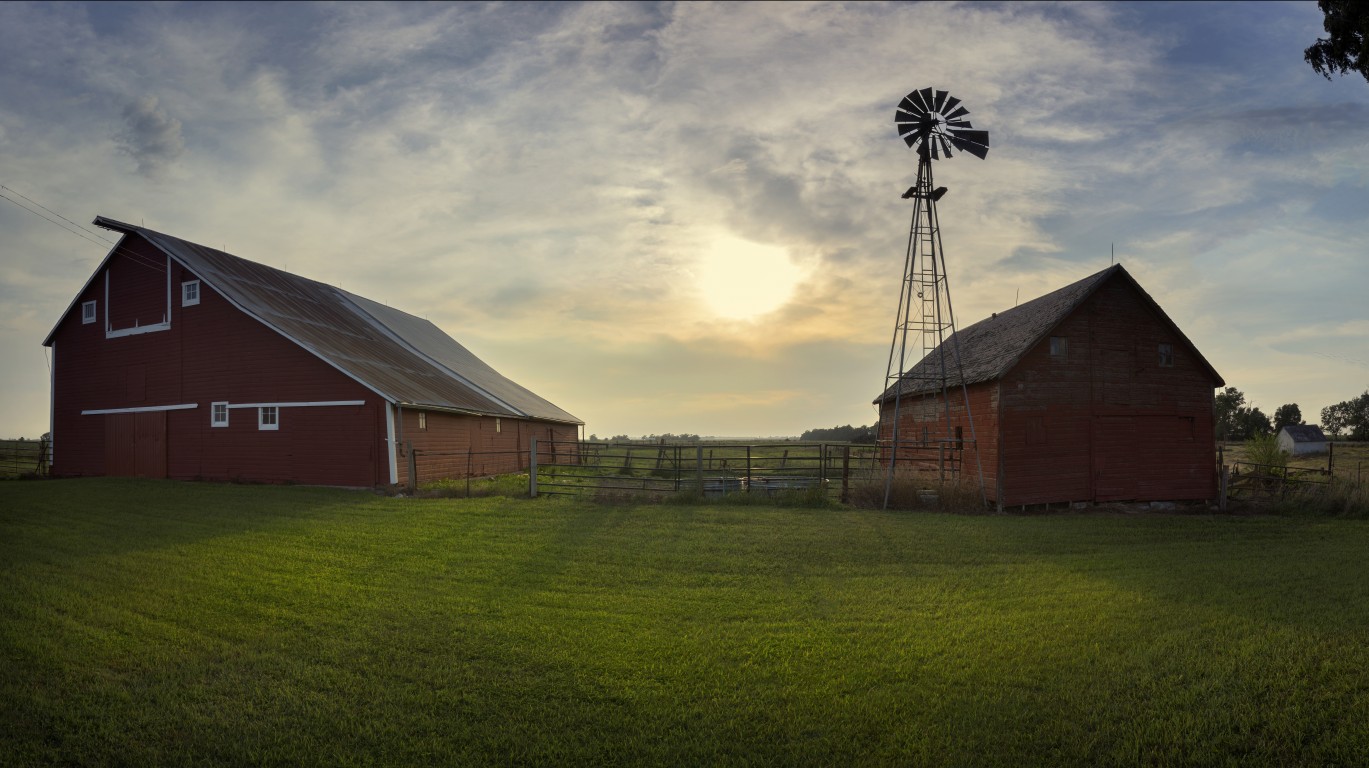Health and Healthcare
COVID-19: This County Is the Deadliest in America

Published:

New daily confirmed COVID-19 cases in America have risen sharply in the past few weeks, taking counts to record levels. For several days in the past two weeks, the number jumped above 150,000. Yesterday, cases rose by 210,036 to 15,248,582.
The winter will be worse. Fatal case rates are as bad as when the nation was hardest hit by this measure from early April to mid-May, when the counts rose above 2,000 nationwide on some days. The number of coronavirus fatalities has begun to reach near 2,000 a day recently. Total fatal cases in the United States now total 288,583, after a one-day gain of 1,891. It is one of the worst days since the pandemic started.
The Institute for Health Metrics and Evaluation (IHME) at the University of Washington’s School of Medicine, which has a well-followed model for the rise in COVID-19 cases and deaths, forecasts U.S. fatal cases will reach 539,000 by April 1, if social distancing and mask wearing do not improve.
Rates of both confirmed and fatal cases are highly uneven across the nation. The county with the worst rate of fatal cases per 1,000 people is Jerauld County, South Dakota. It has a five-year average population of 2,029. Deaths per 1,000 stand at 6.41, many multiples of the national average.
Jerauld County is in the center of the state. It has been steadily losing population since 1930, according to information from the U.S. Census. Over 98% of the population is white. Almost 20% of the population lives below the poverty line, which is well above the national average.
According to The New York Times, South Dakota ranks first among all states based on deaths per 100,000 people at 2.6 based on an average of the last seven days.
Next on the list based on deaths per 1,000 is Dickey County, North Dakota, at 5.84. It has a five-year population average of 4,970.
Turner County, South Dakota, is third on the list based on fatal cases per 100,000 with 5.57. Its five-year average population is 8,264.
The next county is Gregory, South Dakota, with 5.47 deaths per 1,000 people on December 7. It has a five-year average population of 4,201. It is in the southern part of the state, west of the Missouri River.
This is followed by Foster County, North Dakota with 5.47 deaths per 100,000 people. Its five-year average population is 3,290. It sits in the center of the state, geographically.
Another measure of how hard a county has been hit is confirmed cases per 1,000. On December 7, this figure was highest in Crowley, Colorado, where the number was 238.01. Its average five-year population is 5,630.
Second was Trousdale, Tennessee, where the number was 202.65. The county has a five-year average population of 9,573.
Bon Homme County, South Dakota, is next with 201.46 confirmed cases per 1,000. Its five-year population average stands at 6,969.
Norton County, Kansas, follows with 196.68 confirmed cases per 1,000 people. Its five-year average population is 5,486.
Buffalo, South Dakota, ranks fifth for confirmed cases per 1,000 at 190.45. Its population is 2,053.
Most of these counties are in the hard-hit areas of the upper Midwest, based on the lists of confirmed death rates and confirmed case rates. Without exception, they are in rural areas.
These are the five most dangerous counties in each state for COVID-19.
Retirement can be daunting, but it doesn’t need to be.
Imagine having an expert in your corner to help you with your financial goals. Someone to help you determine if you’re ahead, behind, or right on track. With SmartAsset, that’s not just a dream—it’s reality. This free tool connects you with pre-screened financial advisors who work in your best interests. It’s quick, it’s easy, so take the leap today and start planning smarter!
Don’t waste another minute; get started right here and help your retirement dreams become a retirement reality.
Thank you for reading! Have some feedback for us?
Contact the 24/7 Wall St. editorial team.